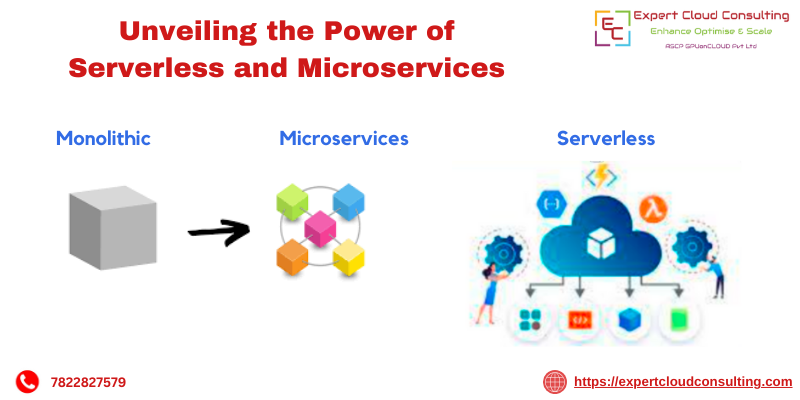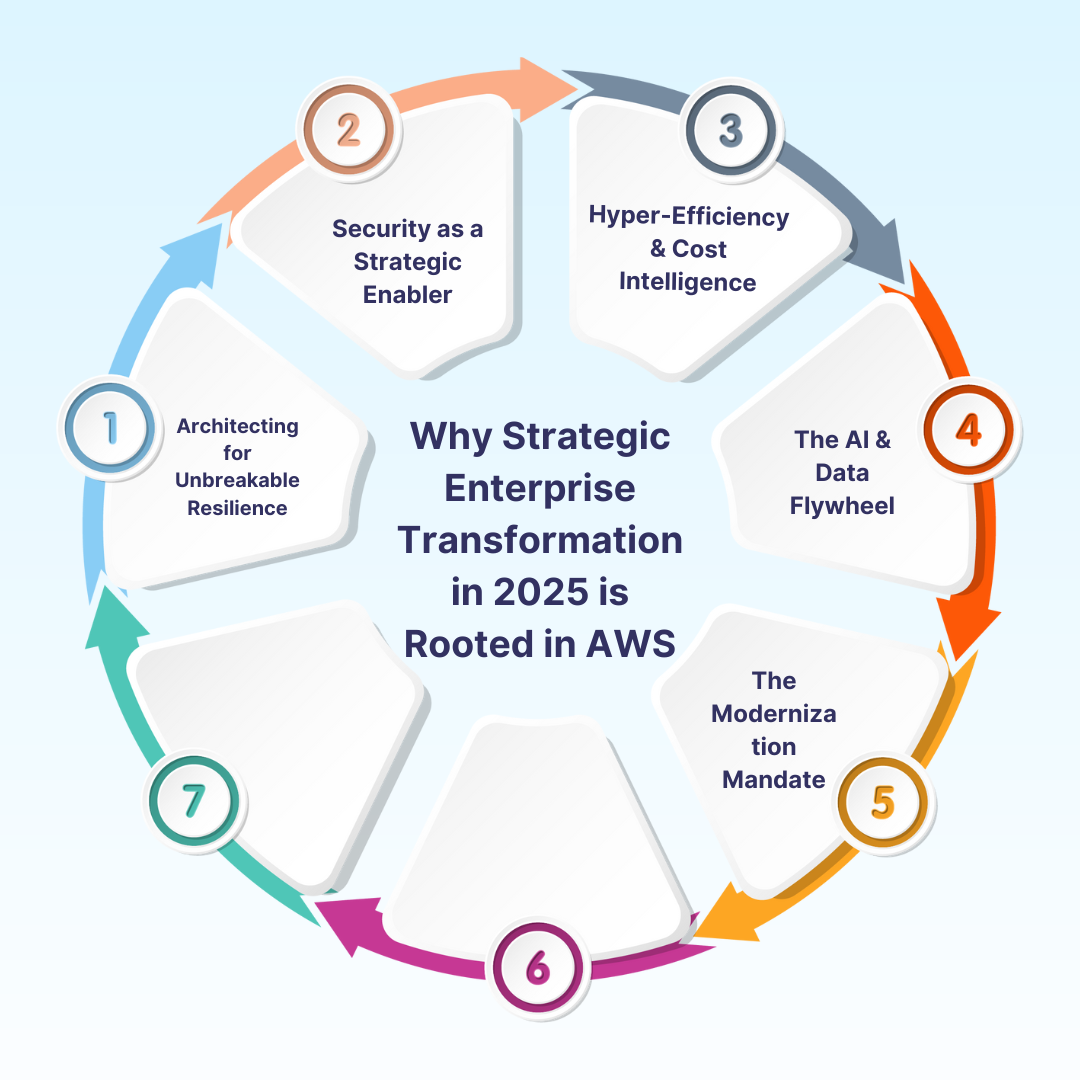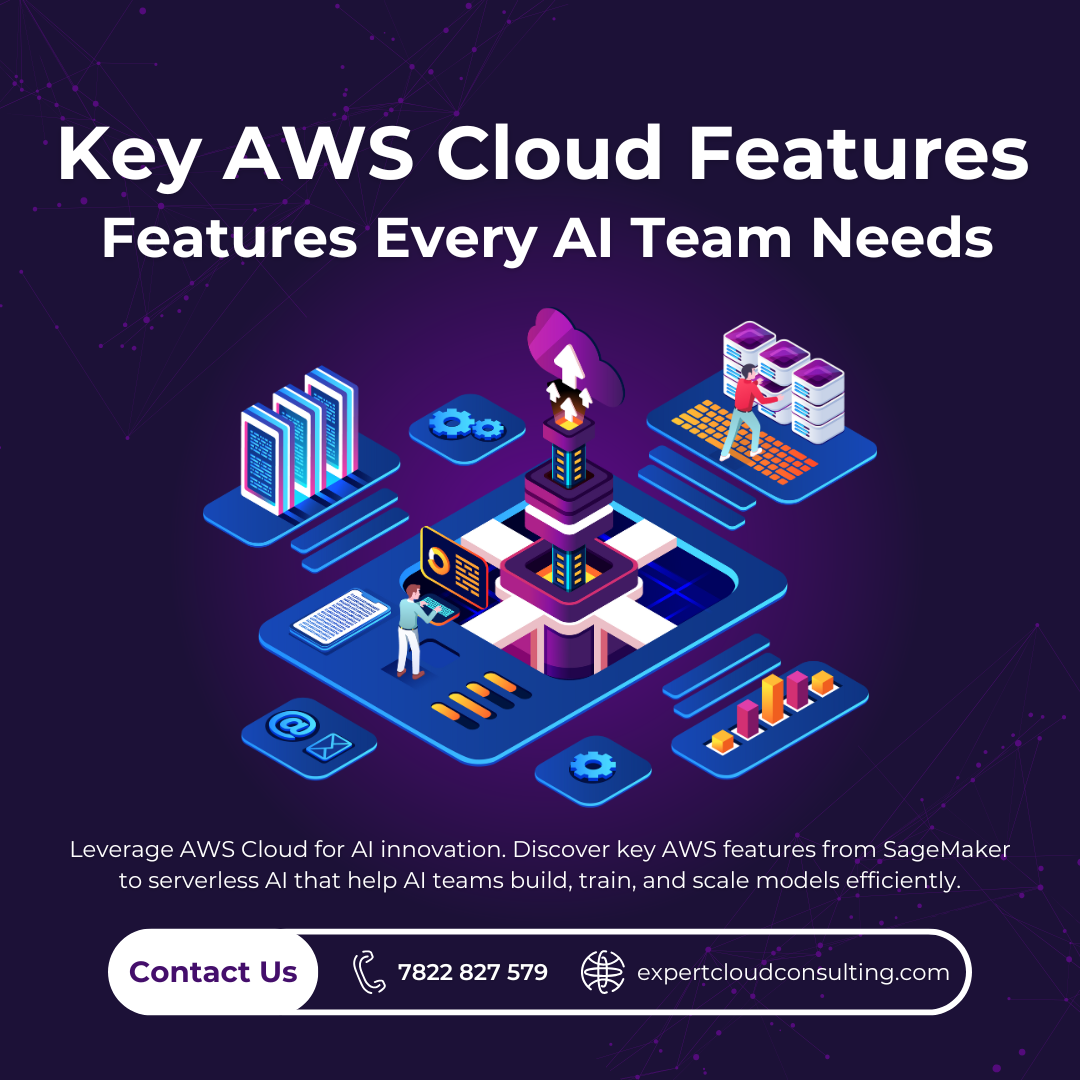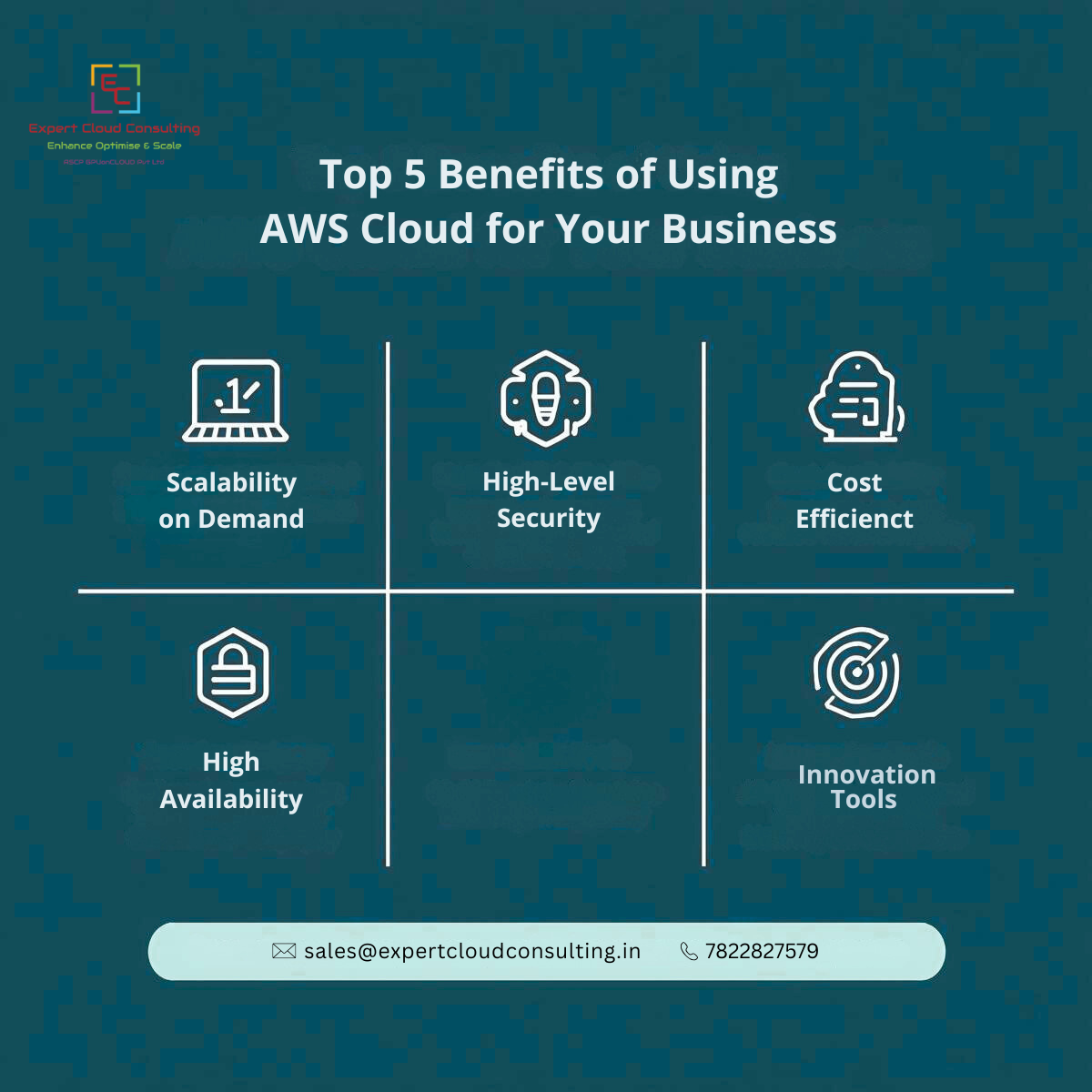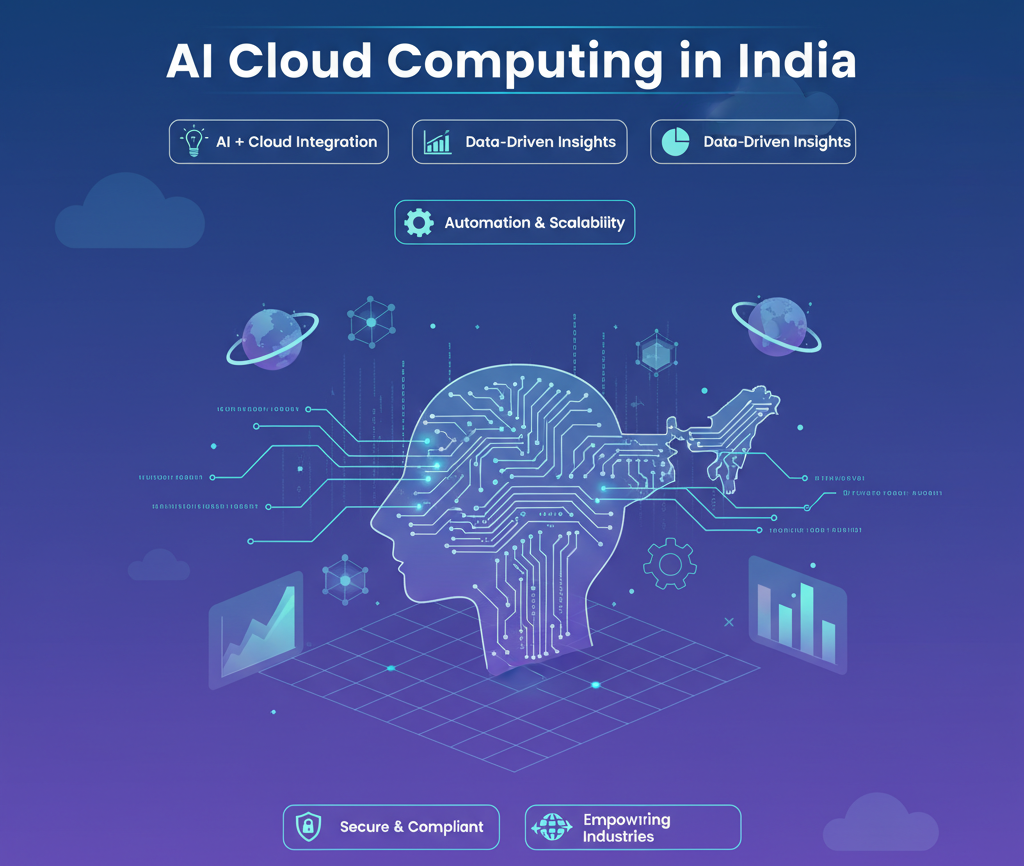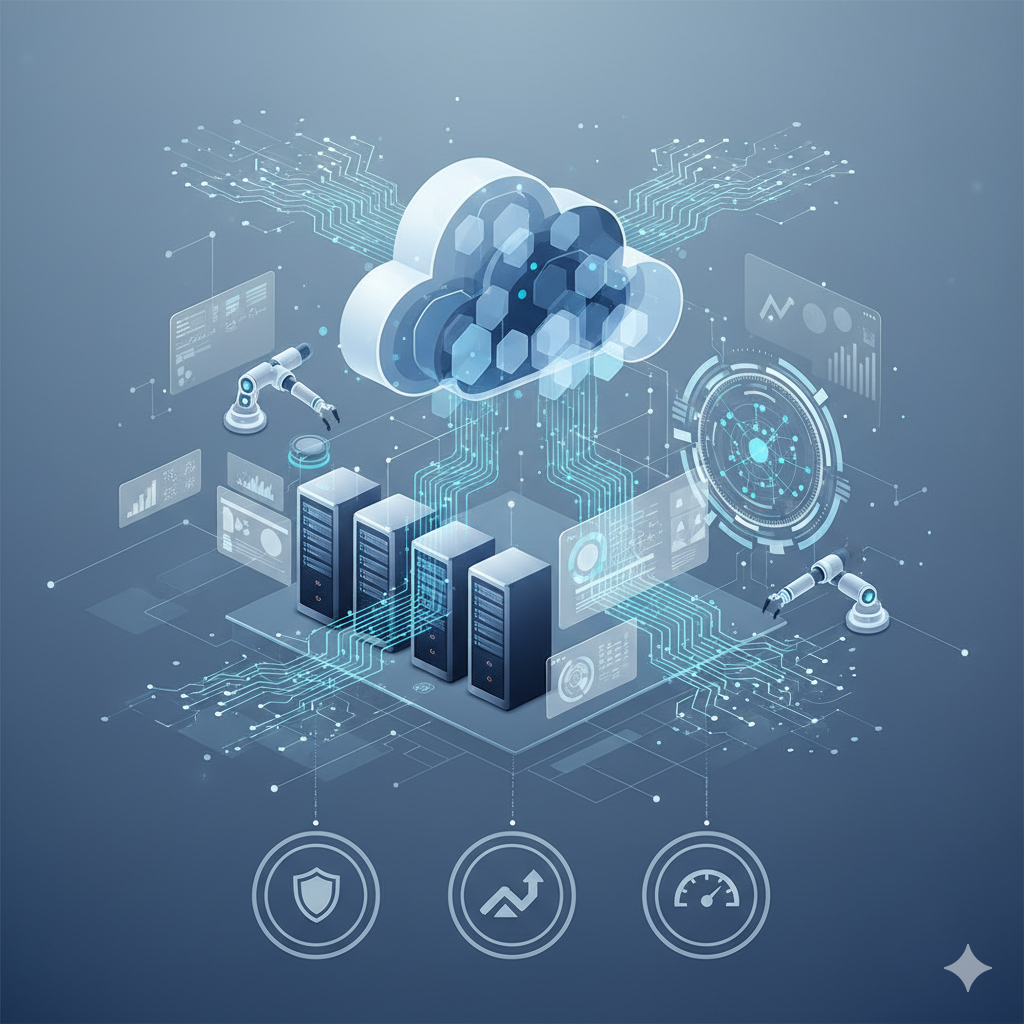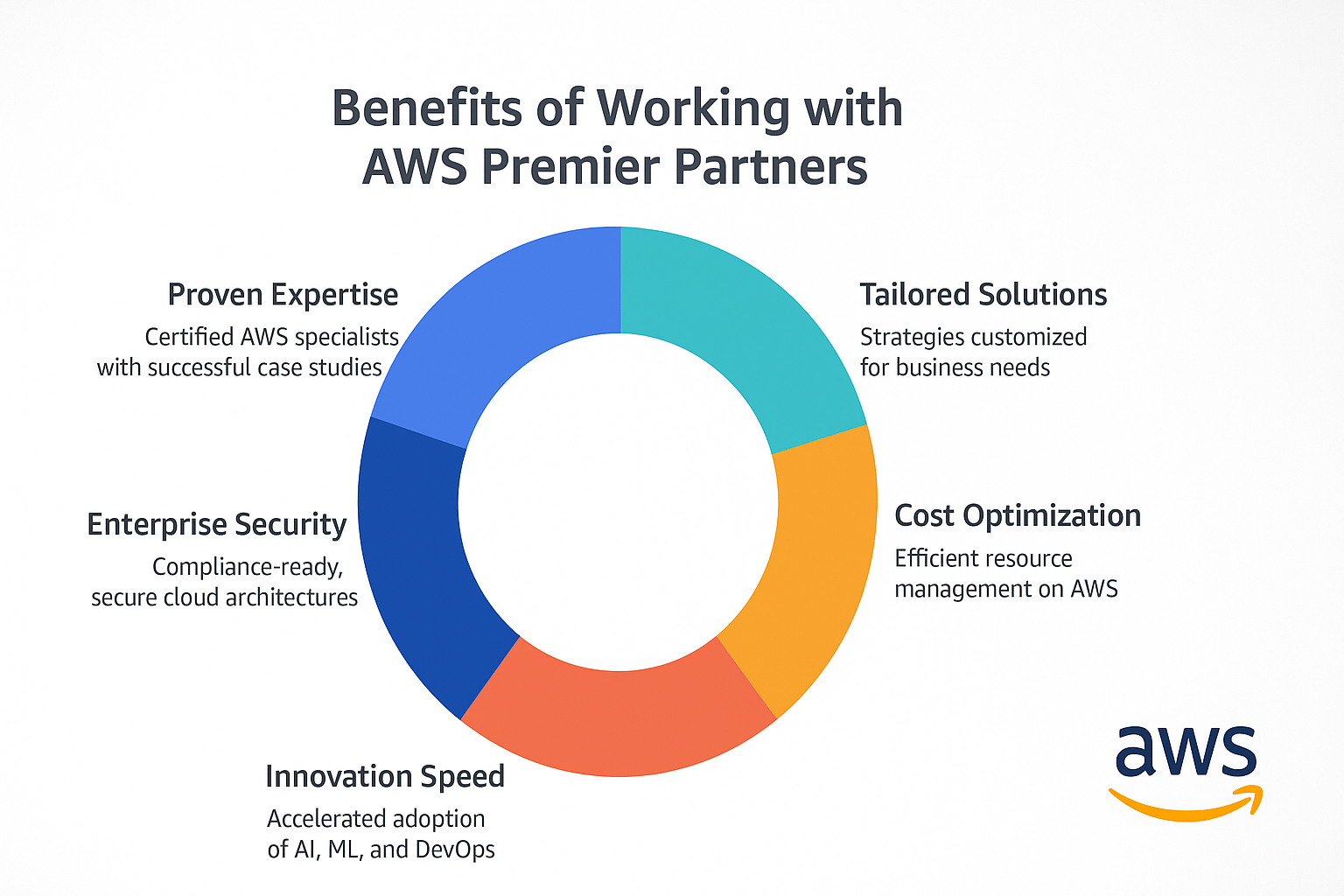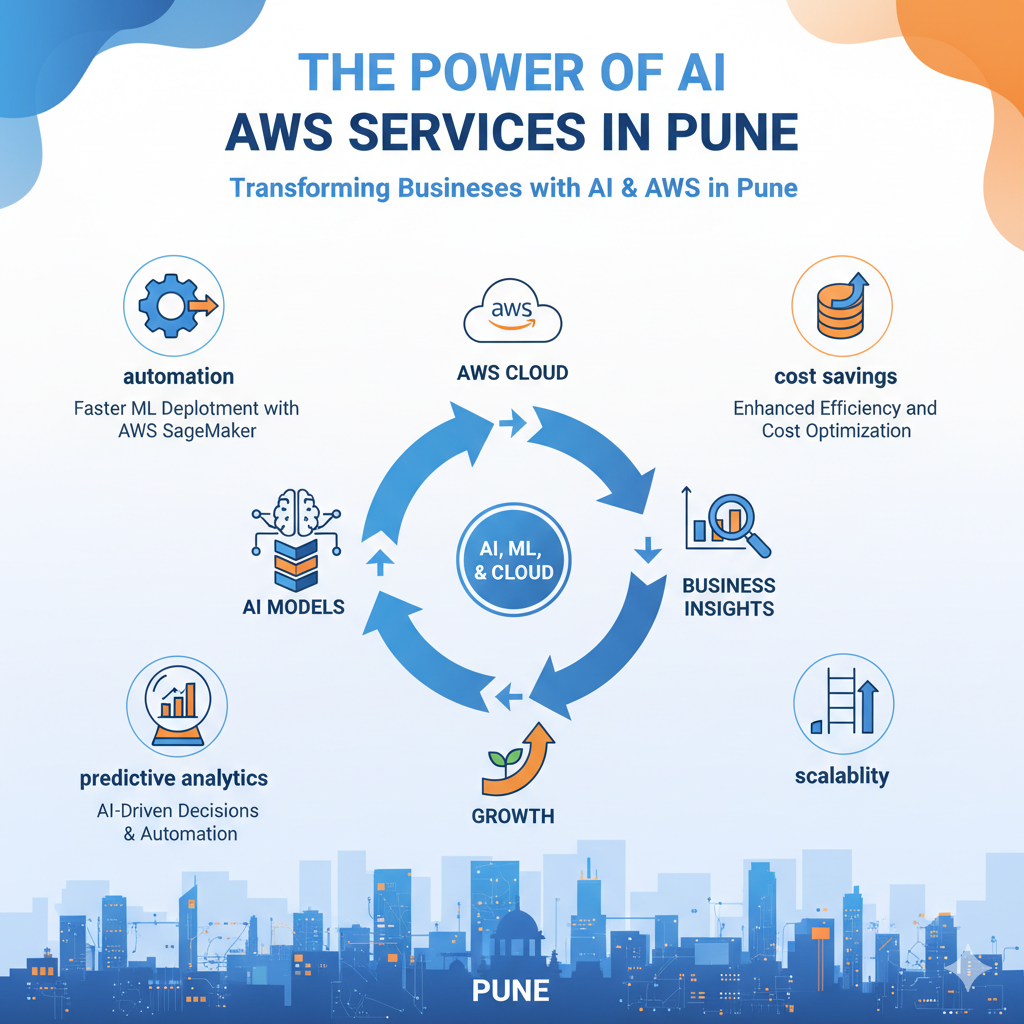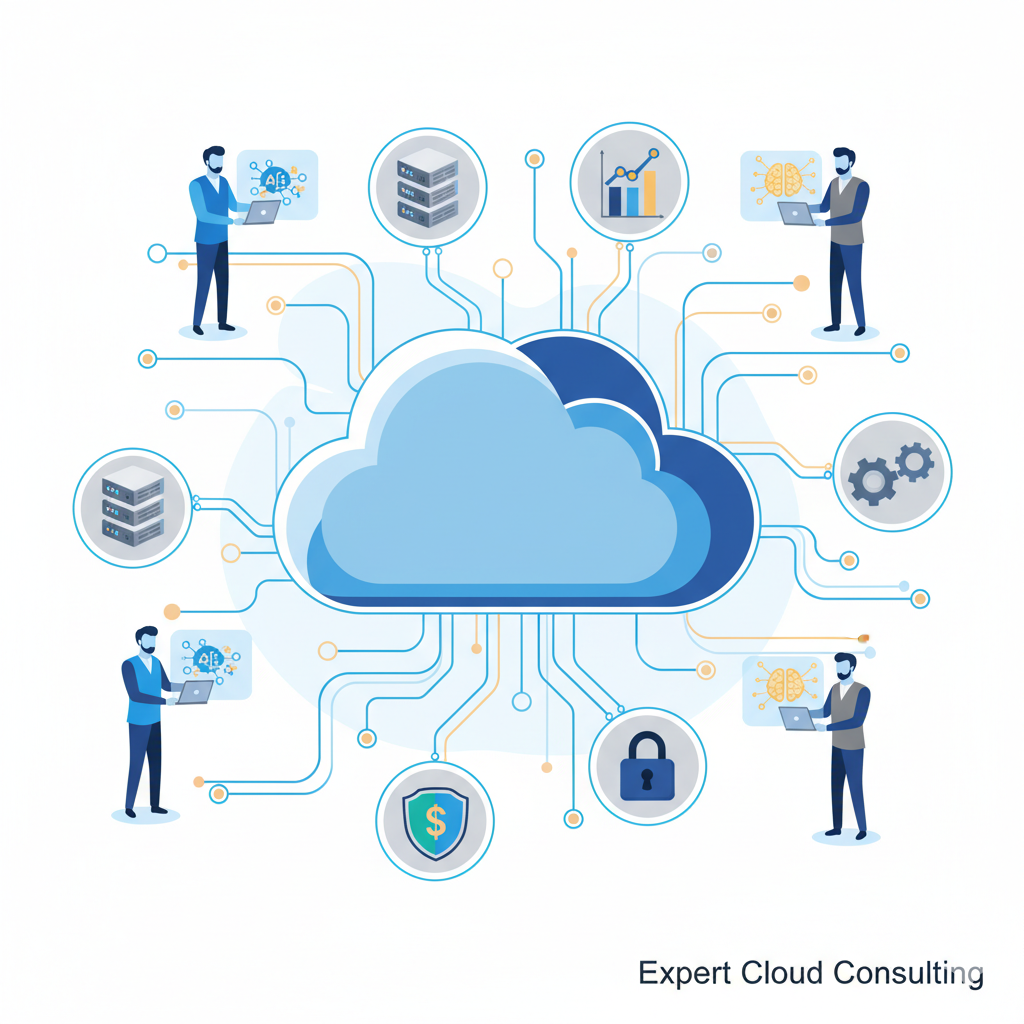Introduction
In the ever-evolving realm of technology, two key paradigms have emerged as game-changers, reshaping the landscape of modern computing: Serverless Architecture and Microservices. These innovative approaches are revolutionizing the way applications are built, deployed, and scaled, offering unparalleled efficiency and flexibility. Join us on a journey as we unravel the power of Serverless and Microservices, exploring their transformative impact on the digital ecosystem.
📈 The Rise of Microservices 🏗️
Microservices, as the name suggests, involve breaking down large, monolithic applications into smaller, independent services that communicate with each other through well-defined APIs. This architectural style brings a plethora of benefits, including increased scalability, faster development cycles, and improved fault isolation.
💡 Serverless Computing: A Paradigm Shift 🔄
On the other hand, serverless computing takes the concept of microservices a step further by abstracting away the underlying infrastructure. In a serverless architecture, developers focus solely on writing code, leaving the deployment, scaling, and maintenance to the cloud provider. AWS Lambda, Azure Functions, and Google Cloud Functions are among the pioneers in the serverless space. These platforms allow developers to build and deploy individual functions that automatically scale based on demand.
🤝 Synergizing Serverless with Microservices: A Game-Changer 🔄🔄
1️⃣ Seamless Integration 🔄
The marriage of serverless and microservices offers a powerful synergy, combining the scalability and cost-efficiency of serverless with the flexibility and modularity of microservices. This amalgamation empowers developers to build robust, adaptable, and highly-scalable applications that respond dynamically to changing demands.
E-commerce Checkout System Example: Microservices Approach 🛒🔄 Divide the e-commerce application into microservices like user authentication, inventory management, and payment processing. Serverless Integration 🔄: Incorporate serverless functions to manage occasional, resource-intensive tasks, such as processing discount codes during high-traffic sales events. Serverless enables seamless scaling during these peaks without affecting the overall stability of the checkout process.
2️⃣ Unlocking Innovation 🗝️
By leveraging serverless computing within a microservices architecture, organizations unlock new possibilities for innovation. Developers can focus on crafting discrete, specialized services while harnessing the serverless paradigm to manage infrastructure seamlessly, leading to faster time-to-market and enhanced customer experiences.
3️⃣ Enhanced Developer Productivity 🚀
The collaboration of serverless and microservices not only streamlines infrastructure management but also significantly boosts developer productivity. Developers can concentrate on microservices for content creation, user management, and media storage, each functioning independently. While serverless functions can be employed for tasks like image processing or content indexing, allowing developers to enhance the system's capabilities without worrying about underlying infrastructure management.
🛣️ Navigating the Hurdles: Strategies for Overcoming Key Challenges in Serverless-Microservices Integration 🚧
While the amalgamation of Serverless and Microservices holds immense promise, it's essential to recognize, address, and mitigate the challenges that may arise during the implementation of this.
1️⃣ Complexity of Orchestration 🎭
Challenge: Coordinating and orchestrating microservices, especially in a serverless environment, can become intricate. Managing the sequence of functions, dealing with inter-service communication, and ensuring data consistency pose significant challenges.
Mitigation: Utilize robust orchestration tools and frameworks like Apache Kafka, Docker Swarm, AWS Step Functions that facilitate seamless coordination of microservices. Adopting event-driven architectures can simplify communication between services.
2️⃣ Monitoring and Debugging 🕵️♂️
Challenge: Identifying and resolving issues in a distributed system of microservices, coupled with serverless functions, can be challenging. Traditional monitoring tools may fall short in providing comprehensive insights into the performance of individual functions and services.
Mitigation: Implement advanced monitoring solutions designed for microservices architectures. Utilize distributed tracing and logging tools to gain visibility into the entire system, making debugging more efficient.
3️⃣ Security Concerns 🔒
Challenge: The distributed nature of microservices, combined with the serverless execution model, introduces new security challenges. Securing communication between microservices, managing access controls, and securing serverless functions require careful consideration.
Mitigation: Implement robust authentication and authorization mechanisms. Utilize encryption for data in transit and at rest. Regularly audit and update security measures to address evolving threats.
🔚 Conclusion 🏁
The convergence of Serverless and Microservices represents a paradigm shift in modern computing. The seamless integration of these two approaches not only addresses the challenges posed by traditional architectures but also unlocks unprecedented possibilities for innovation, scalability, and efficiency. As organizations navigate the complexities, embracing the power of Serverless and Microservices promises a future where computing is not just powerful but also agile, adaptable, and resilient.


